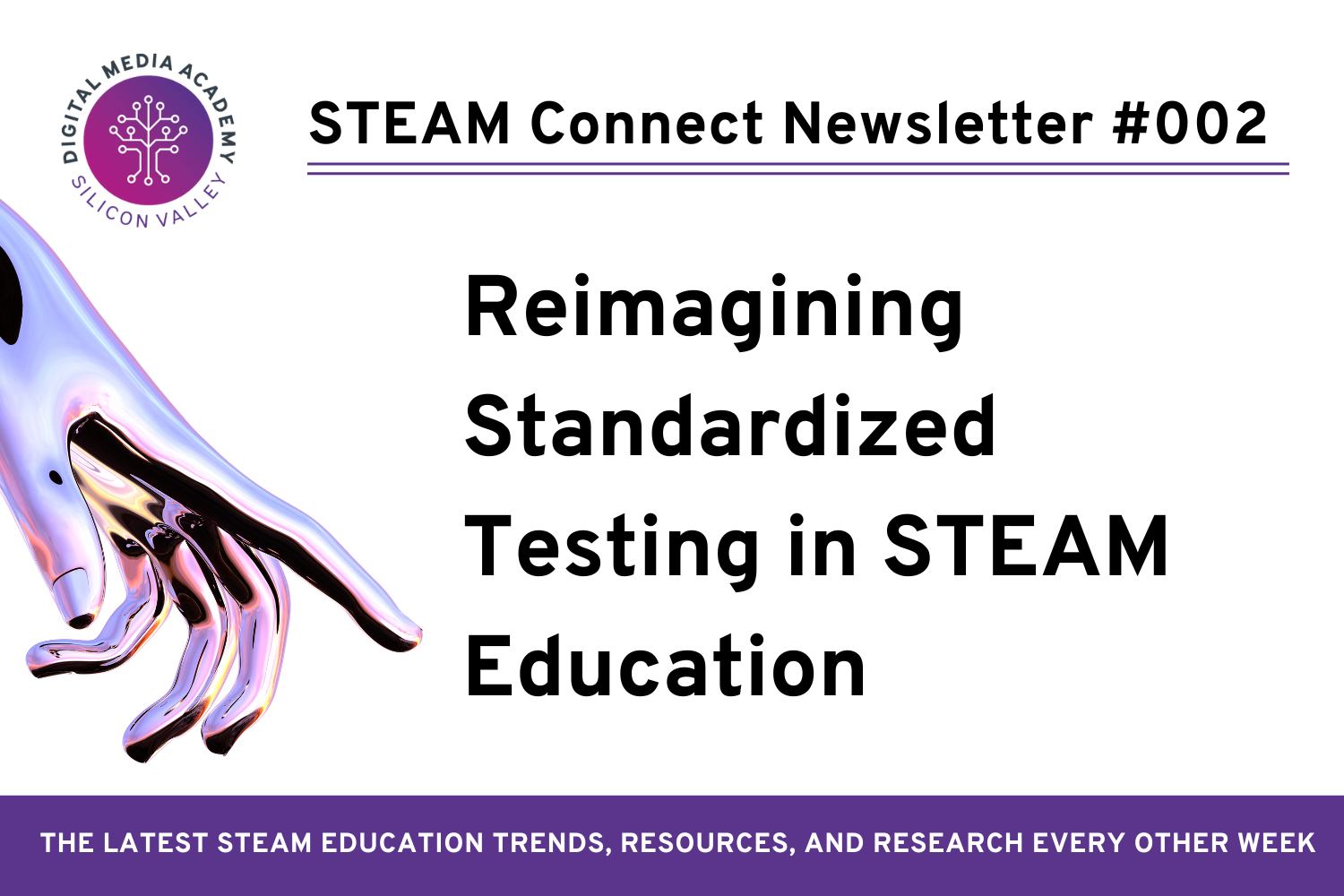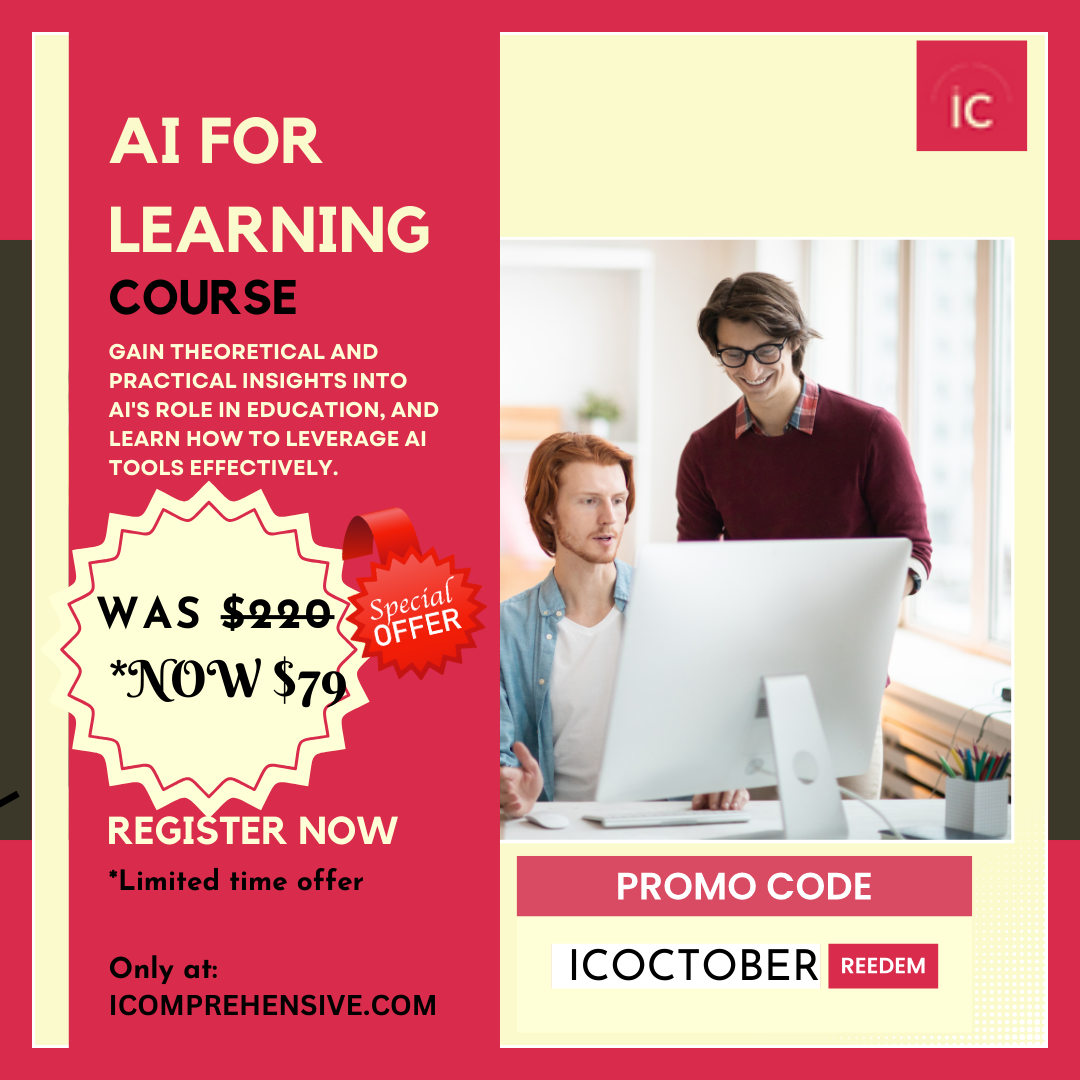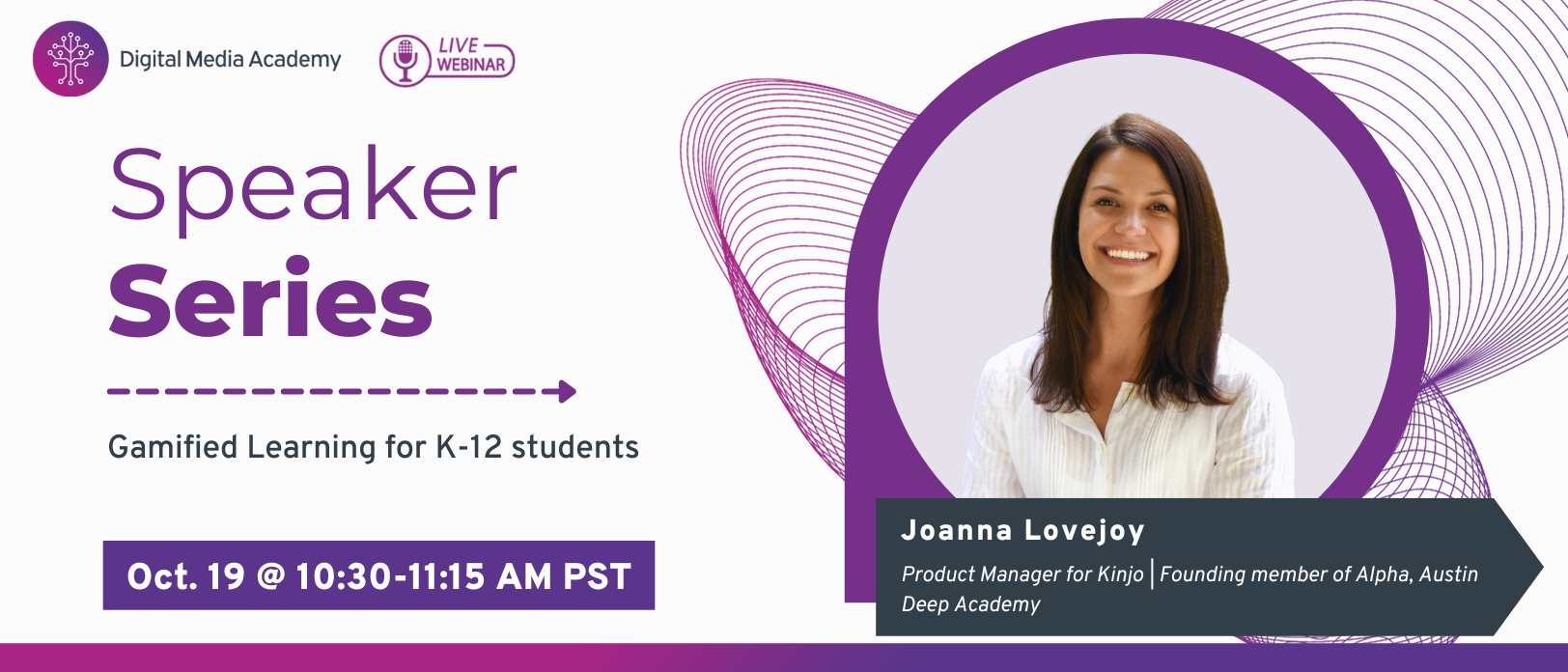Welcome all you STEAM loving educators and advocates!
Last week, I had the chance to learn about gamified education from our latest DMA Speaker Series guest, Joanna Lovejoy.
There were lots of good takeaways, my favorite is that, contrary to what my Mum told me, not only could I have made money playing games like Dungeons and Dragons, but I also would have been learning valuable skills!
I don’t know about you, but I would have been more engaged in school if I was playing cool games all day.
Anyway, onto the real topic of this week: how educators can balance the demands of standardized testing with the creative essence of STEAM.
Let’s dive in 🚀
~ Sarah
Reimagining Standardized Testing in STEAM Education
In the world of education, standardized testing has long been the cornerstone of assessing student performance and school effectiveness. It serves as a measuring stick, a way to compare and rank schools and students. As the pressure to perform well on standardized tests mounts, educators often find themselves teaching to the test.
This narrows the scope of education, stifles innovation, and sidelines essential skills like critical thinking and creativity that STEAM aims to foster.
Furthermore, STEAM’s essence lies in its interdisciplinarity. It encourages students to explore the world through a diverse lens of science, technology, engineering, arts, and mathematics. Standardized tests rarely embrace this approach, favoring subject-specific questions that don’t reflect the interconnectedness of the real world.
Here at Digital Media Academy (DMA), we propose a different approach to the standardized testing challenge in STEAM education. It involves striking a balance that acknowledges the importance of these tests while preserving the essence of STEAM.
Five action steps for educators facing the challenge of standardized testing in the context of STEAM education:
1) STEAM Integration in Test Prep:
When preparing students for standardized tests, don’t view it as a separate activity from STEAM. Incorporate STEAM principles into test preparation activities. This might include problem-solving exercises, interdisciplinary projects, or hands-on experiments that align with test content.
2) Performance-Based Assessments:
Within your classroom, emphasize performance-based assessments. These can include presentations, projects, and assignments that require students to apply their knowledge and skills in real-world contexts. These assessments not only prepare students for tests but also showcase the practical value of STEAM.
3) Advocate for Balanced Assessment:
Your voice matters, advocate for a more balanced assessment approach within your school or district. Encourage discussions with administrators and policymakers about the importance of valuing holistic skills that STEAM fosters. Share research and case studies that demonstrate the effectiveness of this approach.
4) Cross-Curricular Collaboration:
Collaborate with other teachers in your school, especially those in traditional subjects. Create cross-curricular projects that combine STEAM principles with core subject matter. This not only enhances learning but also showcases the benefits of STEAM in traditional educational contexts. For example, you might work with a language arts teacher to create a project that combines literature analysis with technology skills.
5) Professional Development:
Invest in professional development opportunities that enhance your ability to integrate STEAM principles into test preparation effectively. Attend workshops, conferences, and webinars focused on STEAM education. Gain insights and strategies to create a seamless connection between STEAM and standardized testing.
By using these strategies, educators can strike more of a balance between the goals of standardized testing and the benefits of STEAM education. The result? A more holistic and effective learning journey for our students and, let’s be real, more fun teaching.
There are 3 ways we can help your school with your STEAM Programming:
🌍 Bring Students to Global Innovation Race on-campus at Stanford University (July 17-27th)
Fuel your students’ passion for technology and innovation while future-proofing their skills with the summer experience of a lifetime! Global Innovation Race is an international call to action for student groups (aged 13-17) across the globe to design solutions that will shape the future. Space is limited. Learn more here!
🌐 Join Leading STEAM Schools in the World
Developed by Stanford-affiliated educators and researchers, Leading STEAM Schools in the World (LSSW) Membership helps schools and educators meet the ever-evolving needs of 21st-century learners. Membership is customizable, combining comprehensive curriculum, tailored consultation, and a supportive global community of like-minded schools.
💡 Become a STEAM Innovator Accredited School
Our STEAM Innovator School Accreditation recognizes and promotes excellence in STEAM education worldwide while empowering educators and schools to achieve the highest standards of quality and innovation in STEAM curriculum, instruction, and assessment.
























